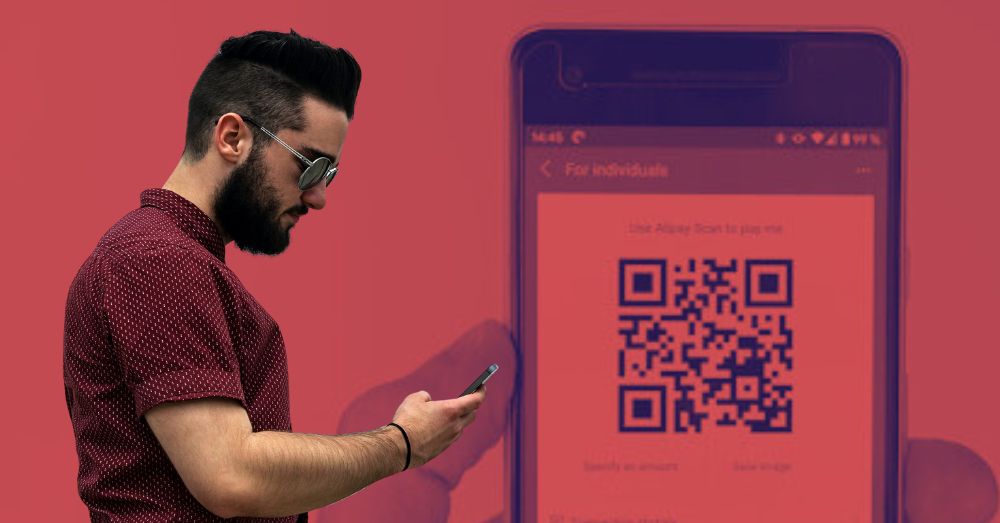India has witnessed a sharp increase in the number of users who conduct digital payments since 2016. The COVID-19 pandemic also encouraged digital transactions, as consumers increasingly purchased commodities online to maintain social distancing.
Youth ki Awaaz and Koan Advisory conducted an online survey titled “User experience with digital payments in India” during the first phase of the Covid-19 pandemic in India (between April 23 and July 31, 2020). 4727 respondents from cities across north, south, east and west of India participated. The survey was conducted to evaluate users’ experiences with digital payments and identify necessary reforms to encourage usage.
The survey found that users’ relationship with digital transactions increased during the pandemic, as 95% of the respondents used digital payments in the last three months. The most cited purpose for using digital payments was utility payments, while an equal share of respondents paid digitally for purchases at physical establishments or online.
The survey also revealed that UPI, Debit Cards and Digital Wallets were the most commonly used instruments, and 64% of respondents used at least one of these in the last three months.

The above finding showcases the growing preference for using digital payments by the youth in India.
What Makes Gen Z Choose Digital Payments Over Cash?
To deepen the understanding of why Gen-Z prefers digital payments and the growth of the digital payments market in recent times users need assurance that they are safer, more reliable, and more convenient while transacting digitally than cash. These are the three factors listed in the survey that respondents considered while transacting digitally: Basic requirements to transact, privacy and security and convenience. These are explained in detail below:
Basic requirements to transact:
Basic requirements to transact refers to the necessities that are essential for any transaction to take place. In the case of digital transactions, both parties must use the same payment system and have the necessary digital infrastructure, such as an internet connection, to transact. The survey revealed that 16.77% of respondents decided not to buy something because they could not pay for it using their preferred mode of payment. 31% of the respondents were concerned about whether these basic requirements would be fulfilled, pointing to low digital payment acceptance. This is corroborated by the fact that 18.01% of respondents had to pay with cash even when inconvenient. Hence, low acceptance rates can be a significant source of friction which dissuades users from transacting digitally.
Privacy and security
Around 28-29% of respondents considered privacy and security before they decided if they should transact digitally, stating that privacy and security are the most critical aspects to engender trust in digital transactions. It is crucial for the users to know that they will not lose out on their money while transacting digitally. 12% of users used cash because they didn’t find digital payments safe. Less than 5% reported that they felt there was a risk of theft while transacting digitally.
Convenience:
Users prefer convenience while opting to pay digitally; they think about how using the said payment method will benefit them. Convenience refers to factors such as the difficulty of transacting in cash or a discount for digital payments. Therefore, it is essential to design a high-quality experience to convince users to transact digitally. 4.07% of consumers were dissuaded from transacting digitally because they had a negative experience. Hence, it is essential to provide the user with a good experience and redressal mechanisms to encourage them to transact digitally.
What Can Be The Way Forward:
Hence, to make digital payments more straightforward and accessible to all, the above survey suggests:
- Since nearly half of the respondents had a disappointing experience with the grievance redressal process, grievance redressal mechanisms should be simplified to make them more accessible to all users, especially new ones.
- As respondents had transaction errors while making digital payments, improving communications infrastructure in the country is essential to ensure that network coverage is stable for users to undertake OTP-based transactions.
- In the survey, at least 27% of respondents reported losing money while transacting digitally. This can be avoided if there are reliable reversal mechanisms that users can access.
- Enhancing safety and security will also help users trust digital payments more. Hence, cybersecurity measures should be strengthened to protect users’ financial information.
In conclusion, the above survey sheds light on the increasing preference for digital payments among Gen Z. The findings highlight three key factors influencing their choice: basic transaction requirements, privacy and security concerns, and convenience. However, challenges such as low acceptance rates, safety concerns, and transaction errors persist, leading to users resorting to cash transactions.
To address these challenges and make digital payments more accessible, the survey suggests simplifying grievance redressal mechanisms, improving communication infrastructure for stable transactions, implementing reliable reversal mechanisms, and strengthening cybersecurity measures. By focusing on these areas, India can enhance trust in digital payments, encourage greater adoption, and foster financial inclusion for all segments of society.
Methodology for survey:
The survey employed a structured questionnaire distributed to a diverse demographic in India, utilizing English and Hindi languages. Crafted to explore respondents’ experiences with digital payments and identify necessary reforms, the questionnaire focused on demographic characteristics, digital payment usage, preferred payment methods, and grievance redressal. Data collection took place online to ensure anonymity and respondents participated voluntarily.
The sample size comprised 4727 respondents, with 96.2% responding in English and 3.8% in Hindi. Most respondents (79%) fell within the 18-30 age bracket. Regarding income, over half reported monthly household earnings between Rs. 20,000 and Rs. 75,000, with approximately a third earning above Rs. 75,000. Notably, 91% of respondents resided in cities with populations exceeding 5 lakh persons (Tier X and Tier Y cities). To read more about YKA’s survey methodology click here
